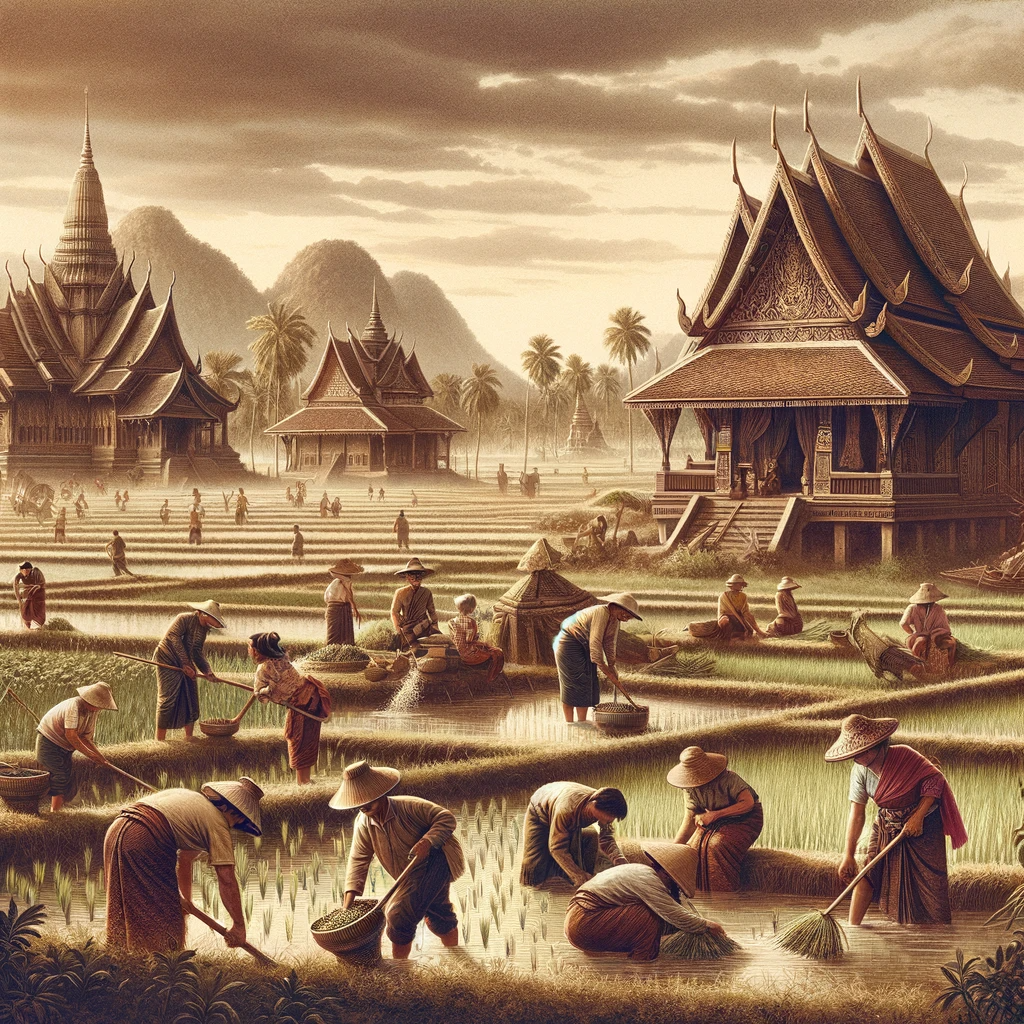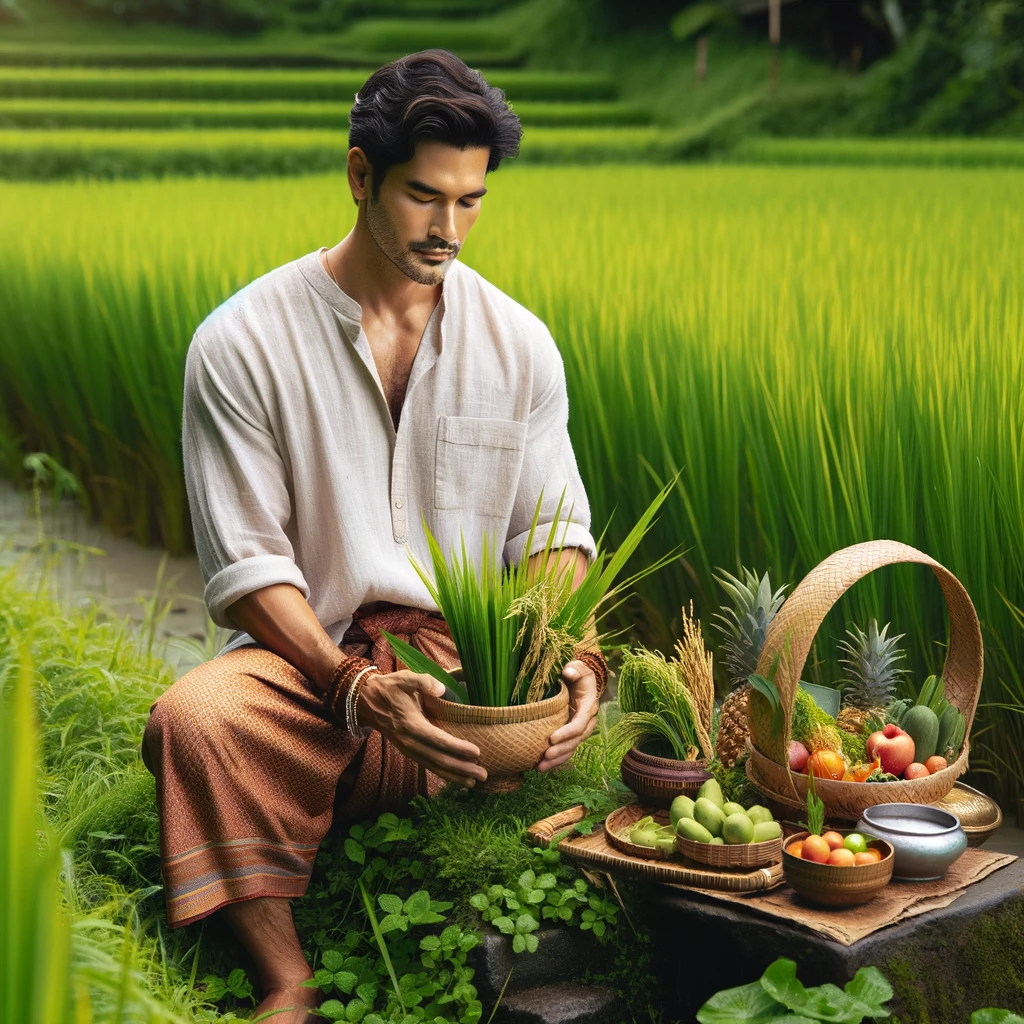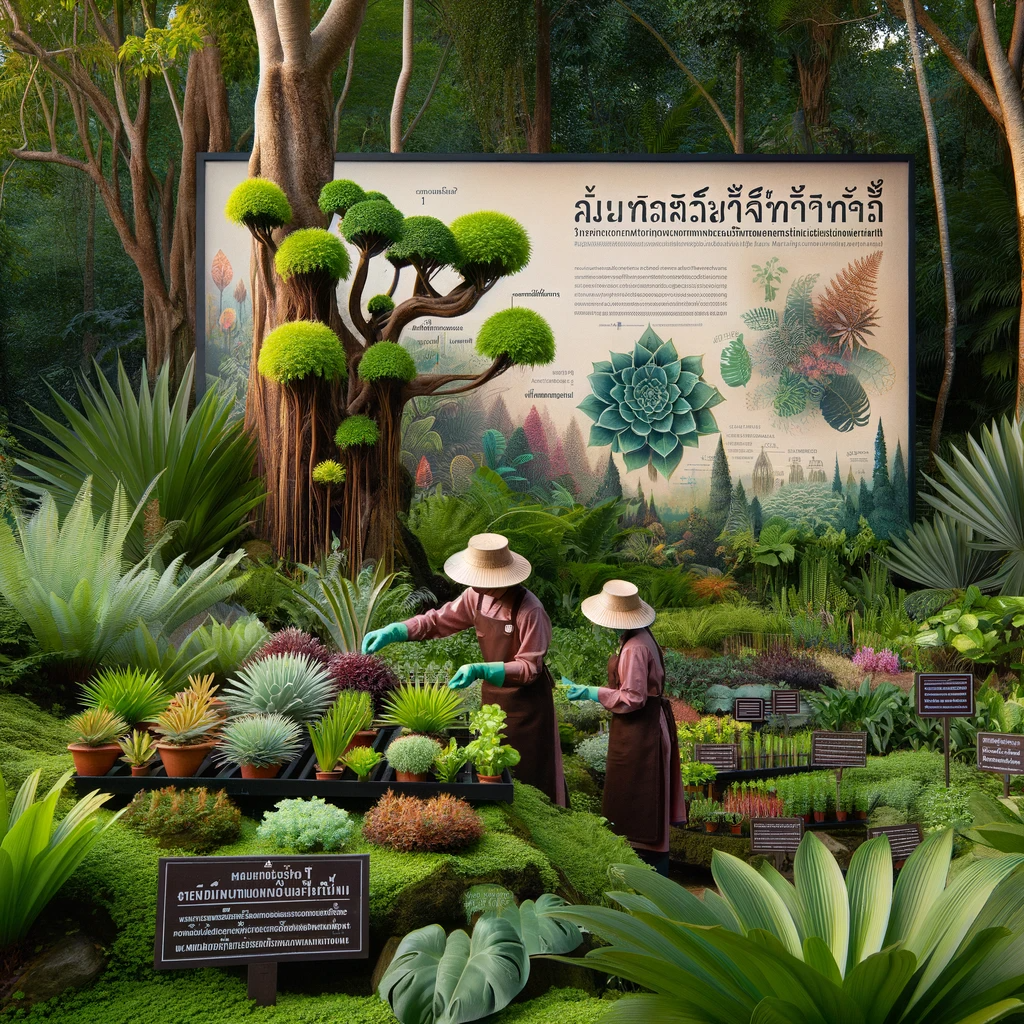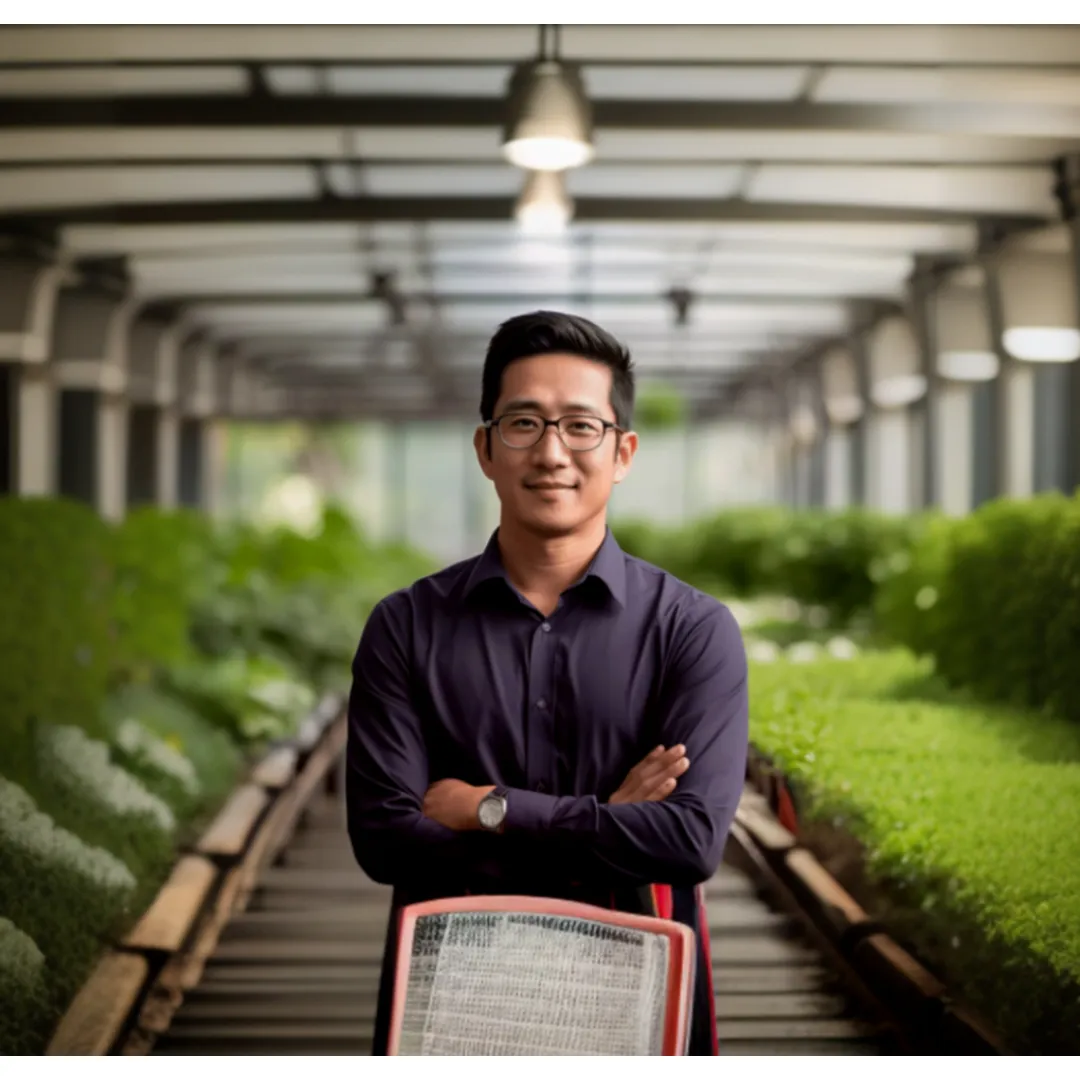Thailand, known for its lush landscapes and diverse ecosystems, has a profound history interwoven with the art of cultivation. The story of Thai agriculture is as old as the civilization itself, steeped in traditions that have been passed down through generations. In this deep dive, we’ll explore the cultivation history that contributes to making Thailand the cradle of some of the world’s rarest plant species.
1. A Glimpse into the Past: Thailand’s Agricultural Origins
The history of Thai cultivation dates back to the early kingdoms, where rice farming played a central role in society. The fertile plains of the Chao Phraya River provided a perfect environment for wet-rice agriculture, which became a cornerstone of Thai culture and sustenance.

2. Traditional Techniques and Modern Adaptations
Thailand’s farmers have long utilized a blend of traditional techniques that honor natural cycles and innovative methods that incorporate modern advancements. This includes the traditional use of water buffaloes for plowing and the contemporary practices of integrated pest management.
See more The Haven of Rare Botanical Treasures
3. Spiritual Interconnection with Nature
In Thai culture, there’s a deep spiritual connection with the land. The traditional Thai New Year, Songkran, is not just a water festival but also a time to celebrate the end of the harvest season. Offerings to deities and spirits of the land before planting are common practices that showcase the harmonious relationship between farmers and nature.

4. Diversity in Cultivation
Thailand’s topography allows for the growth of various crops – from the rice paddies in the central plains to fruit orchards in the east and the terraced hills of the north where tea and coffee plantations thrive. This diversity is a testament to the adaptive nature of Thai cultivation practices.
5. The Role of Rare Plants and Horticulture
Beyond commercial crops, Thailand is renowned for its dedication to horticulture, nurturing rare and exotic plant species. Gardens and nurseries across the country, like Greenboog Garden, serve as conservation sites and educational resources, highlighting Thailand’s role in preserving plant biodiversity.

Conclusion:
The cultivation history of Thailand is a fascinating journey of resilience, innovation, and respect for the land. It’s a culture that understands the intrinsic value of every plant and the role each one plays in the larger ecosystem. As global interest in plant cultivation grows, Thailand continues to be a beacon of agricultural heritage and plant conservation.

